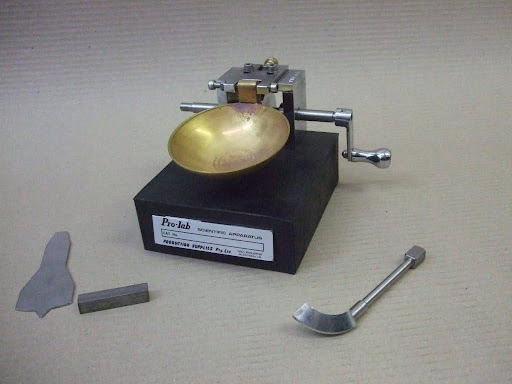Pavement infrastructure forms the backbone of transportation networks, serving as vital conduits for economic activity and social connectivity. However, the efficacy and longevity of pavements hinge significantly on the properties of the materials used, particularly the soil beneath. Liquid limit soil testing emerges as a crucial tool in the arsenal of pavement engineers, enabling them to make informed decisions that bolster design robustness and overall performance.
Understanding Liquid Limit Soil Testing:
Liquid limit soil testing entails the determination of the moisture content at which soil transitions from a plastic to a liquid state under standardized conditions. This parameter provides insights into the soil’s plasticity and helps assess its propensity for deformation under traffic loads. By measuring the liquid limit, engineers can gauge the soil’s cohesive properties, aiding in the selection of suitable construction materials and pavement designs.
Importance in Pavement Design:
In the realm of pavement design, the liquid limit of soil serves as a fundamental input parameter. It influences various aspects, including subgrade stability, pavement layer thickness, and material selection. By incorporating data from liquid limit soil testing, engineers can tailor pavement designs to suit prevailing soil conditions, mitigating risks such as rutting, cracking, and premature failure.
Enhancing Pavement Performance:
The correlation between liquid-limit soil testing and pavement performance is indisputable. By accurately characterizing soil properties, engineers can optimize pavement designs for durability and resilience. A thorough understanding of liquid limit aids in the identification of potential failure mechanisms, allowing for proactive measures to be implemented during the construction and maintenance phases. Ultimately, this leads to pavements that withstand the rigors of heavy traffic and adverse environmental conditions, ensuring prolonged service life and minimized lifecycle costs.
Benefits of Liquid Limit Soil Testing in Pavement Engineering:
- Precise Material Selection: Liquid limit soil testing facilitates the selection of construction materials tailored to site-specific conditions, enhancing pavement integrity.
- Optimized Design Parameters: By accounting for soil plasticity, engineers can fine-tune design parameters such as pavement thickness and layer composition, optimizing performance outcomes.
- Risk Mitigation: Understanding the liquid limit helps identify potential failure mechanisms, enabling proactive risk mitigation strategies to be implemented.
- Cost Efficiency: By preventing premature pavement distress, liquid limit soil testing contributes to cost savings associated with repairs, maintenance, and lifecycle management.
FAQs:
Q1: How is liquid limit soil testing conducted?
A1: Liquid limit soil testing typically involves the use of standardized equipment such as a Casagrande apparatus. Where the soil sample is mixed with varying amounts of water until it reaches a defined consistency.
Q2: What factors influence the liquid limit of soil?
A2: The liquid limit of soil is influenced by factors such as mineral composition. Particle size distribution, organic content, and environmental conditions.
Q3: How does liquid-limit soil testing contribute to sustainable pavement design?
A3: By optimizing pavement designs based on soil properties, liquid limit soil testing helps minimize material usage. Construction waste, and environmental impact, thus promoting sustainability in infrastructure development.
Conclusion:
In the dynamic landscape of pavement engineering, the role of liquid-limit soil testing cannot be overstated. As a cornerstone of informed decision-making, it empowers engineers to design resilient pavements that withstand the test of time. certifiedmtp.com remains committed to providing cutting-edge materials testing equipment, ensuring that the principles of quality and performance excellence are upheld in every infrastructure endeavor. Embrace the power of liquid limit soil testing and pave the way towards safer, more sustainable transportation networks.




